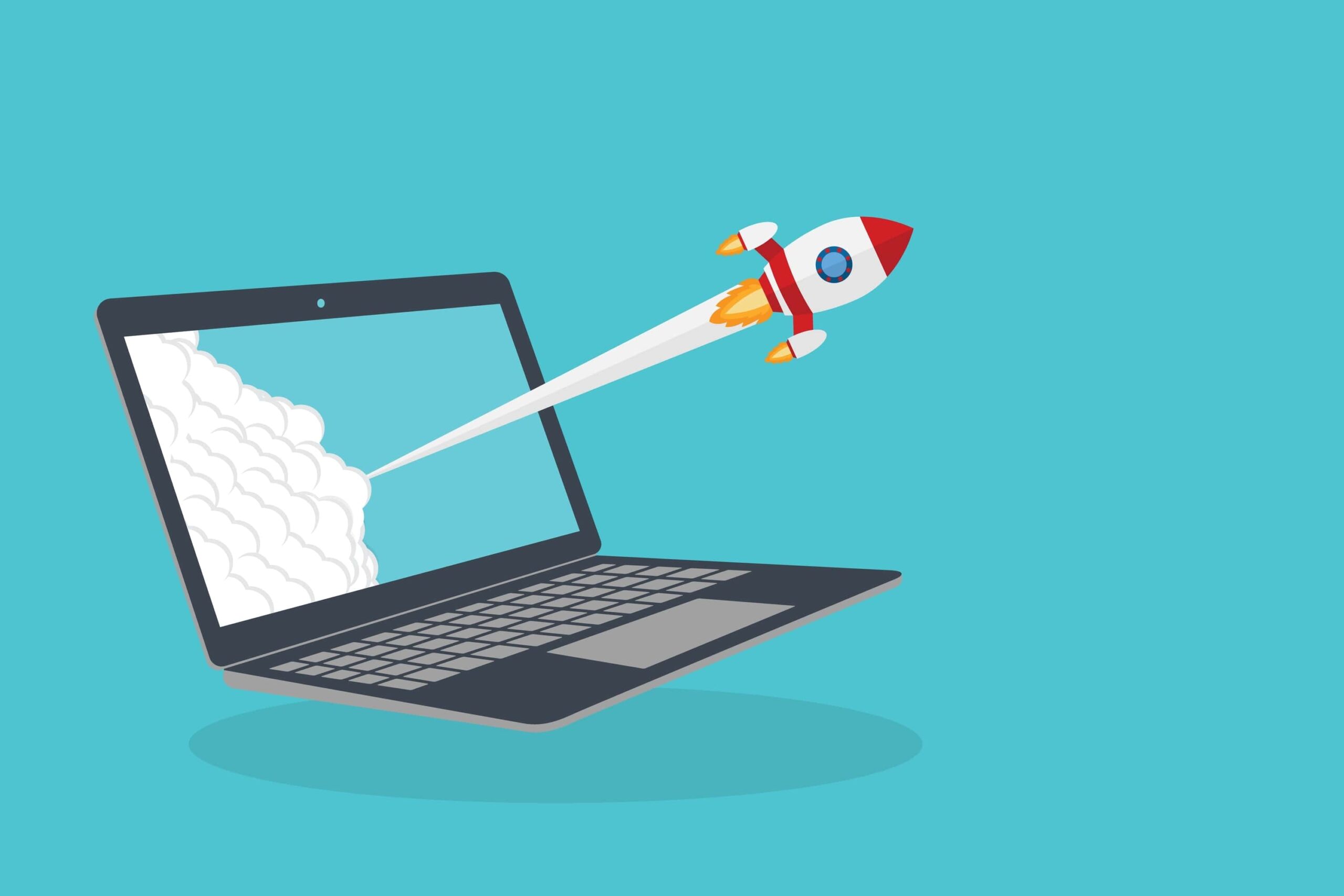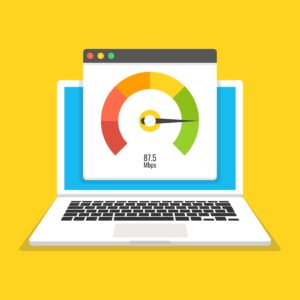With support solutions for the home and office, My Computer Works is here to help you get back to your life.
Easiest Ways to Boost Computer Performance (For Free!)

Article Summary
- Clean Unnecessary Start-up Programs and Remove Bloatware: You can disable slow-booting programs to remove PC bloatware and free up space, improving system speed.
- Run Disk Cleanup, Clear Temp Files, and Organize Your Desktop: You can run Disk Cleanup and delete temporary files in Windows, clear browser cache from browser settings, and minimize desktop clutter slowdown by organizing files into folders to improve performance.
- Restart Your Computer Regularly and Monitor System Resource Usage: Restart your computer at least once or twice a week to free up RAM and refresh performance. Additionally, check CPU usage with Task Manager or Activity Monitor to identify and end resource-intensive programs to improve performance.
- Update Your OS and Drivers: Update drivers for Windows and keep your OS current to fix bugs, improve security, and speed.
- Use Lightweight App Alternatives for Better Performance: Switch from heavyweight apps to lightweight apps. For example, consider changing from Chrome to Firefox or Edge to enhance performance.
If your computer has been feeling sluggish of late or like it can’t keep up with routine demands, it might be time to explore ways to boost its performance. In our latest blog, the team at My Computer Works has shared a few of the best free tips you can follow to improve how your computer performs day in and day out.
Before You Buy New Tech, Here Are No-Cost Fixes
It’s best not to rush out and buy a new computer when its performance becomes less than stellar. We always recommend trying to fix or improve a device before spending more money than necessary. Below, our team has shared a few free performance-boosting fixes you can try yourself. If they seem too difficult or don’t work, you can then reach out to our team for help.
1. Clean Out Unnecessary Start-up Programs
Do you really need Spotify, Zoom, Adobe, or other resource-intensive applications to launch the moment your PC turns on? Most users answer with a not particularly. If you share this mindset, you may want to try removing unnecessary start-up programs to improve performance.
Autolaunched programs can significantly slow down your system, causing your computer to take longer to complete its start-up process, resulting in lag and even unexpected crashes.
To get rid of applications starting up when you launch Windows or Mac, open up Windows Task Manager or Mac’s System Preferences, go to the Start-up tab, and disable start-up programs. It’s a quick way to improve your computer’s performance.
2. Remove Bloatware and Unused Apps
The new PCs usually come pre-installed with software, applications, or bloatware that you will never use. They occupy space and slow down the system. We recommend uninstalling unused apps and installing low-RAM apps, which can help prevent your device from slowing down.
3. Clear Out Temporary Files and Browser Cache
Temporary files and cache data accumulate faster than you think. To boost performance and navigate slow load times, try cleaning your browser cache and temporary files. To do this, use Disk Cleanup on Windows or Storage Management on Mac.
4. Restart Your Computer Regularly
We know you’re rolling your eyes when you hear the classic “Have you tried turning it on and off again?” But this is good advice.
Rebooting once or twice a week frees up RAM, eliminates background programs, and resets system processes. If your system runs highly resource-intensive applications, frequent reboots prevent slowdown and crash situations.
If you find yourself wondering how to restart a computer to improve performance, a simple power cycle or a scheduled restart will take care of it.
5. Update Your Operating System and Drivers
Using outdated drivers and operating system programs can slow down your system. The solution? Update drivers. Windows and Mac users should ensure that they are upgrading their systems and have the latest security patches and performance enhancements.
You also need to make sure you’re updating your drivers (Windows), particularly your graphics and network drivers, to resolve glitches and connectivity issues.
6. Organize Your Desktop
Having too many icons on the desktop slows down loading and makes it harder to find files quickly. We recommend reviewing OS performance tips, implementing them, and organizing items on your desktop into their own folders, keeping them separate from the desktop.
7. Use Lightweight Alternatives for Apps
If your computer feels sluggish, look at the programs you run every day. Some applications require excessive amounts of memory and processing power, which can slow down other processes. We recommend switching to lighter options, such as browsers like Firefox or Microsoft Edge, instead of heavier ones, as this can make a noticeable difference, considering Chrome uses excessive RAM, slowing performance.
8. Monitor System Resource Usage
Unsure what’s making your computer crawl? Take a quick peek under the hood. On a Windows PC, open the Task Manager, and on a Mac, use Activity Monitor to see which programs are consuming the most CPU, memory, or disk activity.
You might spot something surprising like a background app quietly hogging resources. Once you find the culprit, you can close it, adjust its settings, or replace it with an application that isn’t as resource-intensive.
Keeping an eye on your system every now and then is an easy way to catch these slowdowns before they start to drag everything down.
The Wrap-Up On The Easiest Ways To Boost Computer Performance For Free
Managing your computer’s performance does not have to strain your patience or slow down your day. By following a few easy steps, you will find that your device runs more smoothly, responds faster, and feels far less taxing to use. From wiping the cache to deleting bloatware and cleaning up your desktop to switching to lighter apps, these steps are quick yet often overlooked when looking for ways to boost speed and efficiency.
However, don’t worry. Our professional team has your back if you ever feel unsure or need an expert’s touch when boosting PC performance. My Computer Works offers simplified remote computer repair and maintenance that’s just a phone call away. No matter if you need help organizing your system, troubleshooting issues, or simply want friendly advice, we’re always ready to assist.


